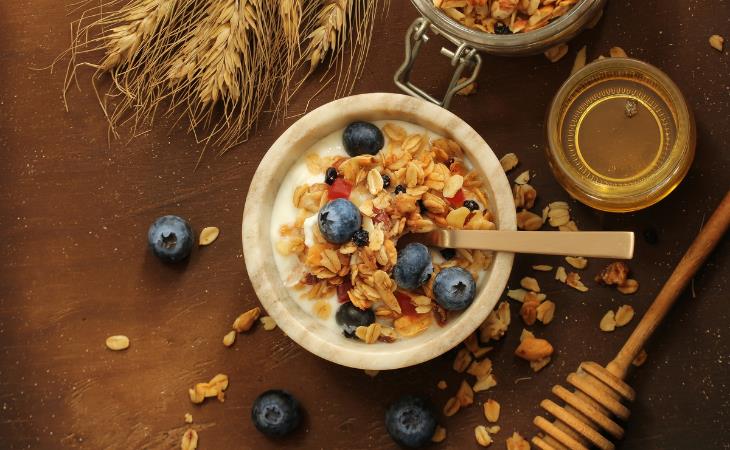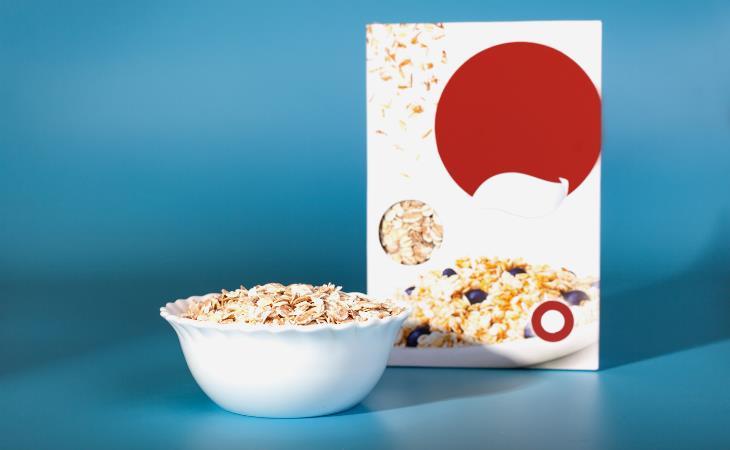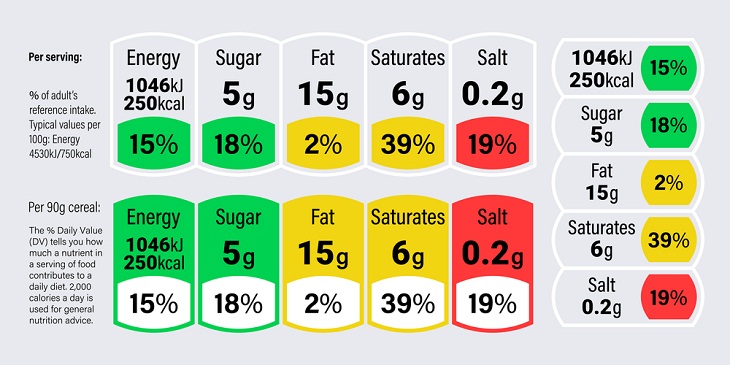There are plenty of nutritious and delicious cereal options available in the market that can be a healthier alternative to your favorite brand. Let us help you make an informed decision and choose a cereal that not only satisfies your cravings but also keeps you healthy and energized throughout the day.
1. Limit the sugar
Health experts recommend choosing breakfast cereals with a minimal quantity of added sugar. It's prudent to opt for brands with under 10-12 grams of total sugar per serving. Check the ingredient lists for sweeteners such as brown rice or corn syrup, as well as compounds ending in "-ose," such as fructose, sucrose, or maltose.
2. Look for more fiber

A recent scientific review found that cereal users are more likely to meet their daily fiber requirements, which range from 25 to 38 grams for people based on their age and gender. While some brands supplement their cereals with added fiber, such as inulin, which is derived from chicory root and resembles grain-based fiber, choosing whole grains provides additional benefits. Cereals made from 100% whole grains, such as oats, wheat, and barley, with at least 4 grams of fiber per serving (usually ¾ to 1 ¼ cups), help decrease BMI and improve cholesterol levels. These cereals are high in fiber, which promotes satiety and makes it easier to meet daily fiber goals.
3. Choose a whole-grain base

Health experts advocate for cereals with a healthy whole grain foundation or ones that are specifically labeled as "100% whole grain." These kinds include cereals made from ancient grains such as quinoa, millet, and sorghum, as well as brown rice and whole-grain maize. A higher ranking of whole grain ingredients on the label indicates a higher percentage of whole grains in the product. Consider using low-sugar sprouting alternatives, ideally based on oats.
4. Choose options with more protein

Fiber is the star of the nutritional lineup, but protein plays a supporting role. To get your day started and keep you satisfied until lunchtime, aim for a breakfast with at least 15 grams of protein—a standard that many cereals fall short of. To increase protein intake, choose cereals that contain nuts, seeds, or legumes. Aim for a minimum of 5 grams of protein per serving, and increase your consumption by adding a cup of dairy milk, which has 8 grams.
When choosing non-dairy milk options, keep in mind that they often have lower protein content, with coconut and rice variants carrying less than 1 gram per cup, almonds 1-2 grams, oats delivering 4 grams, and soy leading the pack among plant-based options with 6-9 grams.
Consider supplementing your cereal with other dairy-free additions, such as a tablespoon of flaxseeds, which contributes 3 grams of protein per serving.
5. Be mindful of the sodium content
It’s equally important to look at the sodium levels in the cereal. Experts recommend aiming for 200 mg or less of sodium per serving, particularly for those looking to reduce their salt intake.
Related: 9 Foods That Contain a Large Amount of Sodium
6. Watch out for BHT

Butylated hydroxytoluene (BHT) is a chemical preservative that keeps packaged foods fresh by blocking fat breakdown. While the Food and Drug Administration considers the preservative to be safe, it has been linked to cancer in certain animal studies and is on watchdog groups' "approach with caution" lists. In contrast, mixed tocopherols (vitamin E) are a safer preservative that can be used in place of BHT.
7. Check serving size
It's important to always verify the serving size of your cereal. Experts strongly recommend verifying the accurate serving size listed. For instance, if the packaging indicates that ¾ cup yields 5 grams of sugar, yet you typically pour 1 1/2 cups, you're actually consuming 10 grams of added sugar. Serving sizes can be deceptively small, especially for cereals lacking nutrients like fiber, crucial for satiety. Opting for a nutritious cereal initially ensures feeling full with a ¾ cup serving. The higher the content of whole grains, the more likely it contains fiber and protein, aiding in satisfaction.






